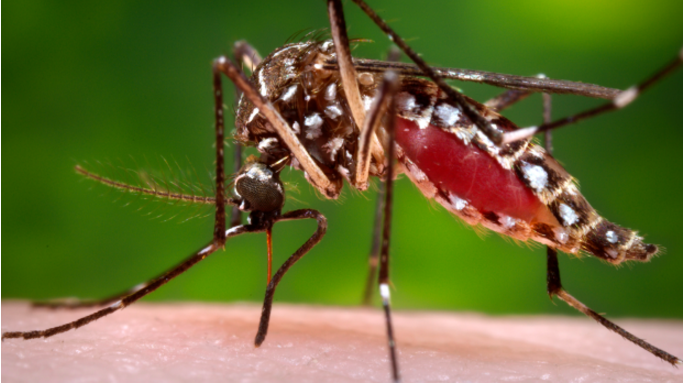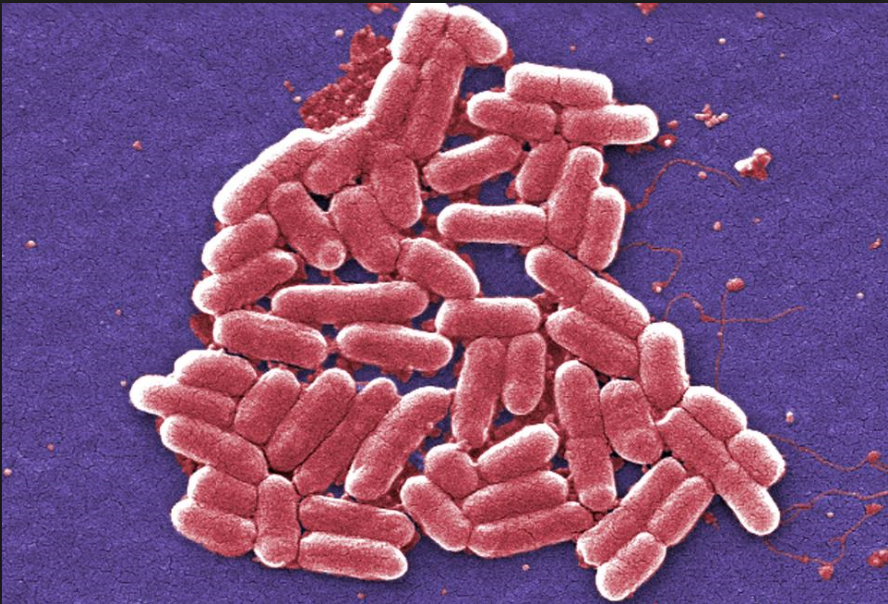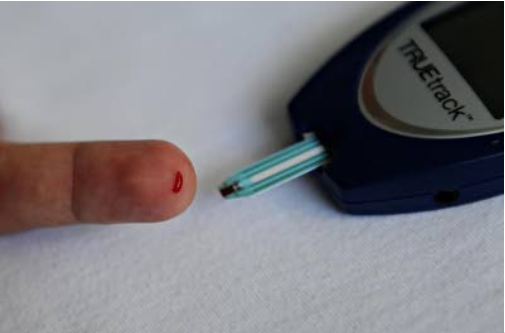A burning sensation while peeing, bladder pain, uncomfortable urgency and cloudy, foul urine – few things are less pleasant than a urinary tract infection. It’s even worse when your kidneys are affected and fever, lower back pain, vomiting and nausea arise. For some women, UTIs are the aggravating aftermath of having sex. In men, prostate issues can lead to urine pools in the bladder, ideal for bacteria growth. In seniors, unsuspected UTIs may trigger sudden confusion and bouts of dementia that can take weeks from which to fully recover. Here’s what you need to know to spot, treat, and possibly prevent urinary tract infections.
No Honeymoon
The urinary tract or system consists of the urine-producing kidneys; the pair of tubes called the ureters; and the bladder, which stores urine and empties it from the body through the urethra.
Among younger adults, UTIs are more common in women, for a variety of reasons, says Dr. Michael O’Leary, a urologist at Brigham and Women’s Hospital. “Some women who get repeat infections can tell they are associated with sexual activities,” he says. “But it’s not the sexual activity itself that’s causing it.”
Instead, he says, women can thank their anatomy. “The female urethra is very short. It’s a couple centimeters long, and bacteria can traverse it pretty easily, especially with intercourse,” he says. “But we don’t consider it a sexually transmitted disease because it’s usually the woman’s own bacteria, rather than bacteria from a partner.”
“Honeymoon cystitis” is the charming nickname for UTIs caused by frequent sexual activity. (Cystitis means bladder inflammation.) Young women are at higher risk for developing urinary tract infections if they’ve had a previous UTI, use birth control with spermicidal foams or gels, have diabetes or are pregnant.
If you think you have a urinary tract infection, see your health care provider. You’ll be asked to provide a urine sample, which will be checked for white blood cells – a sign of infection. A urine culture will confirm whether bacteria is the culprit. Because similar symptoms can result from a yeast infection or from inflammation of the urethra, it’s important to rule out other causes.
Treatment for “common, garden-variety” urinary tract infections is straightforward and hasn’t changed much in the past 10 or 20 years, O’Leary says: “Physicians treat [patients] with oral antibiotics for a short period of time, and the symptoms resolve and they go on their way.”
Staving Off UTIs
Drinking plenty of water may help prevent repeat UTIs by keeping the bladder empty and free of bacteria. Cranberries can help, too. That’s not just folklore, O’Leary says: “There’s pretty good data that there’s something in cranberry, the fruit and the juice, that is bacteriostatic – that prevents the growth of bacteria.” There are less data to support cranberry extracts, he says.
As a rule, taking antibiotics to prevent UTIs – rather than treat them – is not recommended. Preventive antibiotics may be considered if a patient has more than two UTIs in the course of a year, O’Leary says.
Read the full post in U.S. News Health










